INTRODUCTION
Significant racial and ethnic disparities exist within dermatology, including a higher disease burden for numerous dermatologic conditions.1 Black and Hispanic/Latinx patients are more likely than White patients to delay care due to structural barriers, including socioeconomic inequities and gaps in educational exposure.2 Community outreach in dermatology has been shown to increase health literacy and skin care self-efficacy in underserved communities.3-5 Dermmunity is a Los Angeles-based community service program established in 2020 by the University of Southern California Department of Dermatology to provide dermatologic education to local underserved communities.
This study sought to characterize the impact of Dermmunity outreach through retrospective data analysis and a prospective 27-question survey given over a one-year period (2023-2024). The survey examined demographics, skin care practices, and knowledge surrounding dermatologic health of community participants. Over a four-year period (2020-2024), Dermmunity conducted 15 events with Los Angeles organizations, reaching 406 participants. Lectures were led by residents, faculty, and medical students. Survey results demonstrated that most participants were female (85.6%), Hispanic/Latinx (74.8%), and insured (88.2%). The largest age group were 35-44-year-olds (33.1%), and the most common highest level of education was high school (39.8%). Lecture topics included skin cancer, dry skin care, acne, and how to access a dermatologist based on insurance status.
In terms of skin care practices, over half reported using sunscreen (56.8%). Of those using sunscreen, less than one-third reported daily use (30.9%) with nearly half (45.4%) reporting
This study sought to characterize the impact of Dermmunity outreach through retrospective data analysis and a prospective 27-question survey given over a one-year period (2023-2024). The survey examined demographics, skin care practices, and knowledge surrounding dermatologic health of community participants. Over a four-year period (2020-2024), Dermmunity conducted 15 events with Los Angeles organizations, reaching 406 participants. Lectures were led by residents, faculty, and medical students. Survey results demonstrated that most participants were female (85.6%), Hispanic/Latinx (74.8%), and insured (88.2%). The largest age group were 35-44-year-olds (33.1%), and the most common highest level of education was high school (39.8%). Lecture topics included skin cancer, dry skin care, acne, and how to access a dermatologist based on insurance status.
In terms of skin care practices, over half reported using sunscreen (56.8%). Of those using sunscreen, less than one-third reported daily use (30.9%) with nearly half (45.4%) reporting






